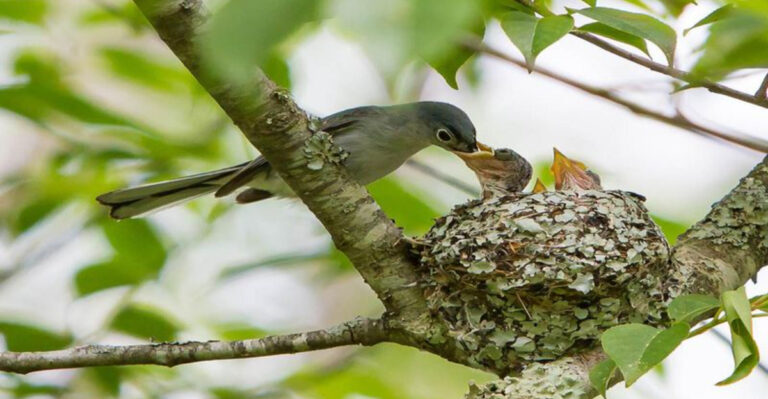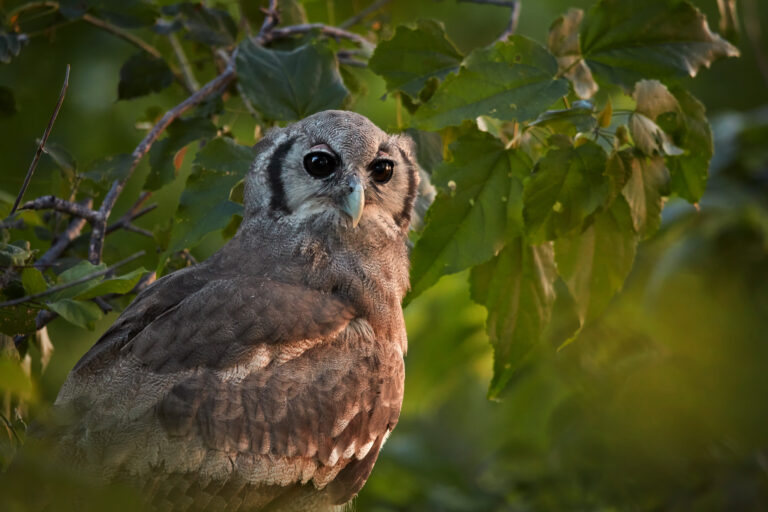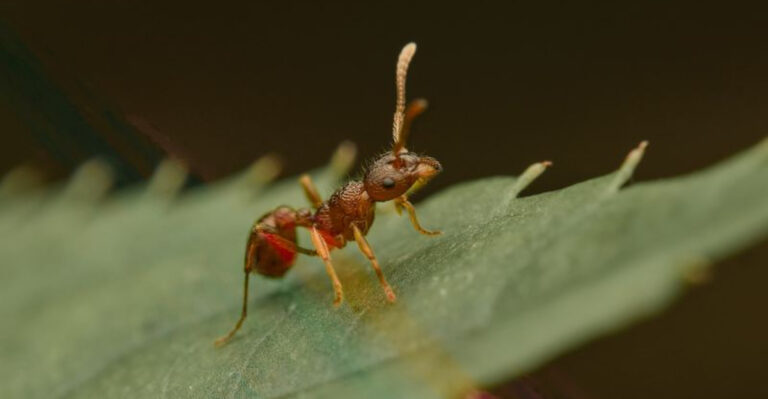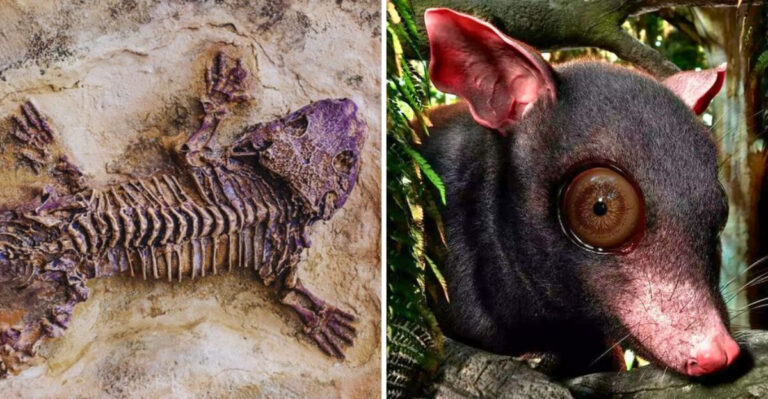9 Worst Pets To Own (And 6 That Make Perfect Companions)

Choosing a pet isn’t just about finding a cute animal – it’s about finding one that fits your lifestyle.
Some creatures might seem fascinating but turn into nightmares of maintenance, danger, or legal headaches. Others become family members who bring years of joy with minimal fuss.
Before you bring home that exotic creature or fluffy friend, take a peek at which animals might drive you crazy and which ones could become your best buddy.
1. Venomous Snakes: Deadly Roommates
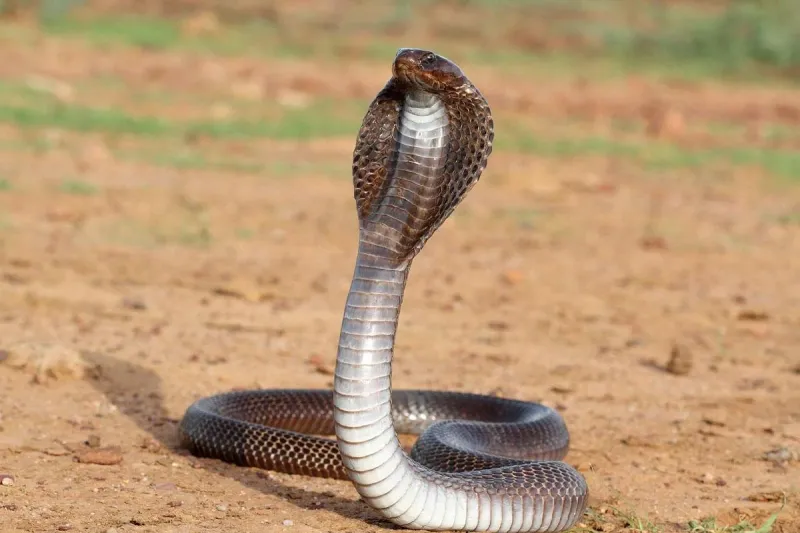
One bite from these slithering dangers could land you in the hospital – or worse. Venomous snakes require specialized knowledge, equipment, and permits that most casual pet owners simply don’t have.
The housing requirements alone are intense, with escape-proof enclosures being absolutely necessary. Any failure in containment could endanger you, your family, and even your neighbors.
Many localities have strict laws against keeping venomous reptiles, meaning you might face hefty fines or forced surrender of your pet.
Even experienced herpetologists approach these animals with extreme caution for good reason.
2. Monkeys: Cute Babies, Destructive Adults
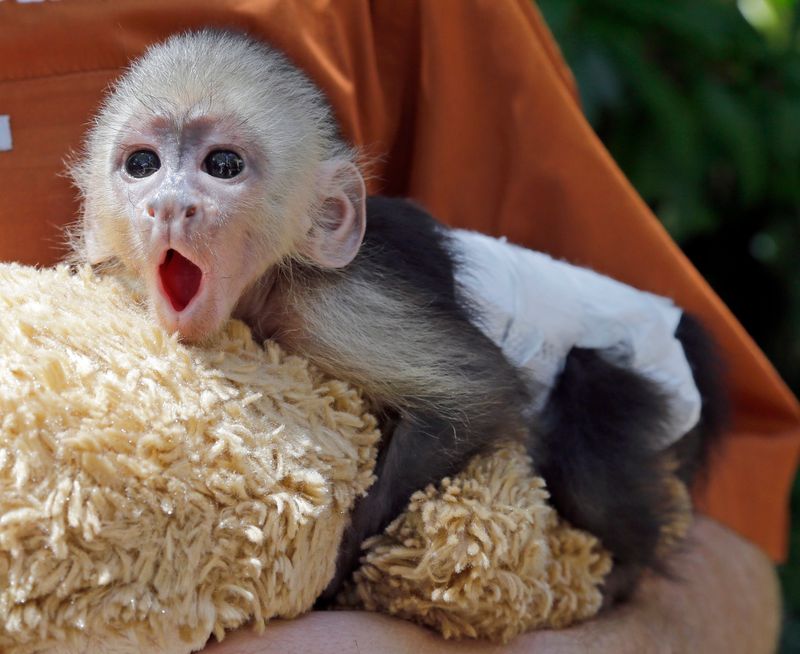
Baby monkeys may look adorable in diapers, but they grow into strong, intelligent animals with complex needs no home can satisfy. Primates often become aggressive as they mature, with powerful jaws and surprising strength that can cause serious injuries.
Your house will never be monkey-proof enough. They’ll tear apart furniture, rip down curtains, and dismantle electronics with curious fingers. Their natural intelligence becomes a liability in captivity.
Proper care requires specialized diets, enormous cages, and constant stimulation. Most captured from the wild suffer psychological damage, leading to self-harming behaviors and depression.
3. Alligators: Outgrowing Their Welcome Fast
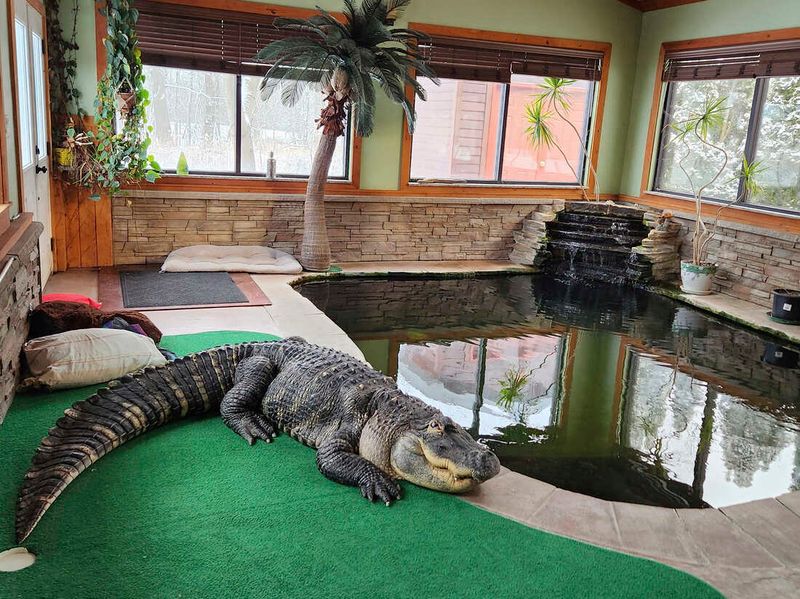
That cute baby alligator at the exotic pet store? It’ll reach 6-12 feet long and live for decades. These prehistoric predators grow rapidly, sometimes gaining a foot in length annually during their early years.
Housing becomes impossible for most owners. An adult requires a heated pool, secure fencing, and specialized care few can provide. Their powerful jaws can crush bones, making them genuinely dangerous once they reach even medium size.
Abandoned pet alligators create environmental havoc when desperate owners release them into local waterways. Many states have banned them entirely as pets, with good reason – they’re simply not domesticable animals.
4. Big Cats: Wild Hearts Can’t Be Tamed
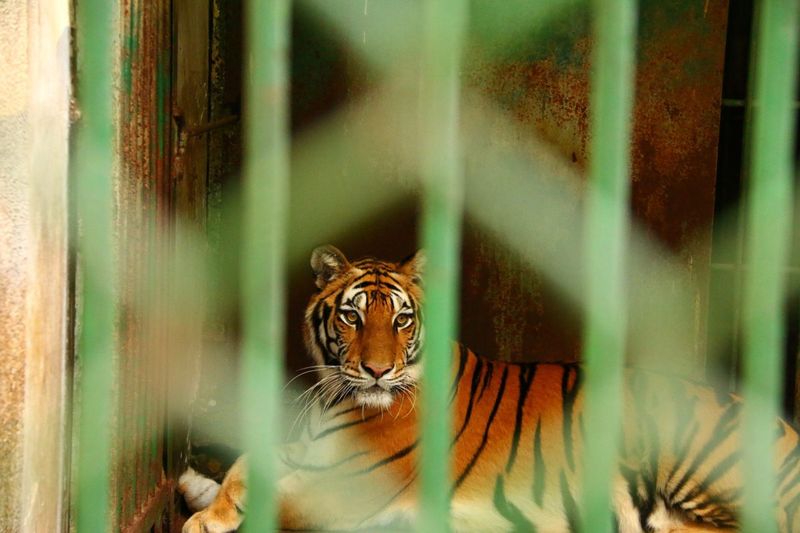
Tigers, lions, and other big cats remain wild animals regardless of how they’re raised. These magnificent predators require massive enclosures, pounds of raw meat daily, and specialized veterinary care few can access.
The financial burden is staggering – expect to spend tens of thousands annually on proper care. Even hand-raised cubs mature into unpredictable adults with natural hunting instincts that can activate suddenly. Tragic stories abound of owners killed by their beloved “pets.”
Most big cats surrendered to sanctuaries show signs of malnutrition and psychological damage from improper keeping. Their powerful bodies and natural predatory instincts make them fundamentally unsuitable as companion animals.
5. Wolf Hybrids: Beauty Meets Unpredictability
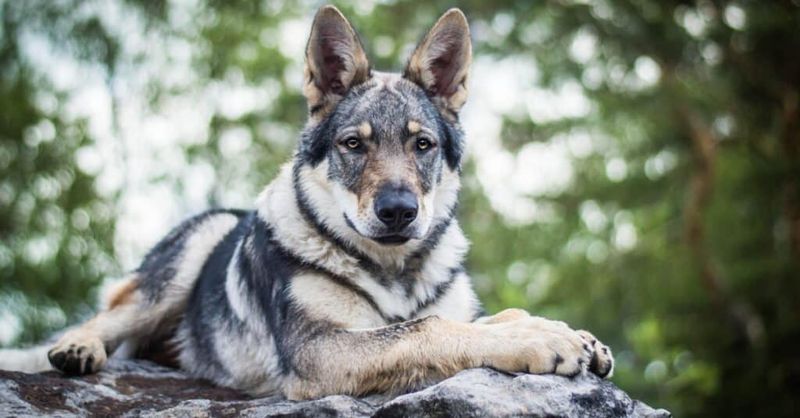
Wolf-dog hybrids combine the wild instincts of wolves with the familiarity of dogs – creating uniquely challenging pets.
Unlike fully domesticated dogs, wolf hybrids often resist training and may never reliably respond to commands, especially during adolescence when wild instincts emerge strongly. Their exercise needs are extreme – miles of running daily within secure containment.
Many owners face heartbreaking decisions when their cute pups mature into animals too wild for home life but too domesticated for release.
Finding veterinary care presents another hurdle, as many vets refuse to treat wolf hybrids. Insurance companies frequently deny coverage for homes with these animals, and many localities ban them outright.
6. Raccoons: Mischief Masters With Grabby Hands
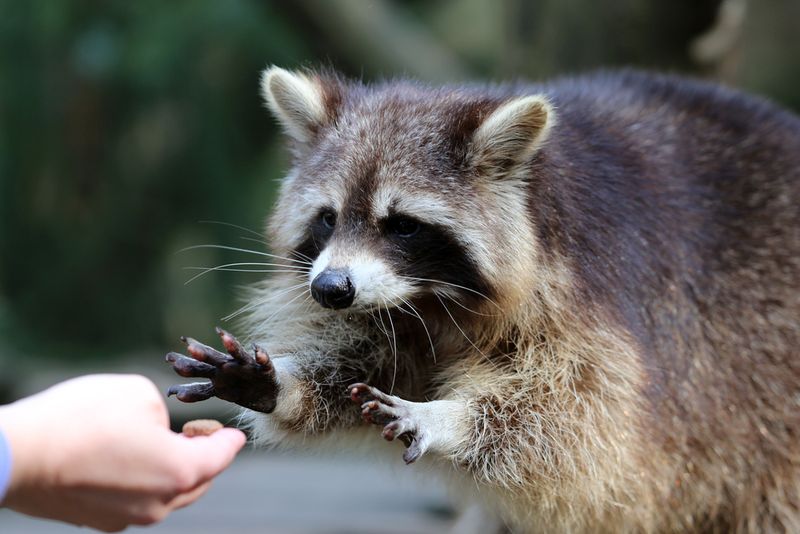
Those clever hands that make raccoons so endearing also make them home-wrecking terrors. They’ll open cabinets, unscrew jars, and dismantle anything that catches their curious attention – including drywall, plumbing, and electrical wiring.
Raccoons become increasingly aggressive during adolescence, often biting and scratching even beloved owners. Their natural nocturnal schedule means they’re most active when you’re trying to sleep, creating a mismatched household rhythm.
Wild instincts never fully disappear, leading to destructive behaviors like “washing” food in toilet bowls or marking territory with urine.
Many states prohibit keeping raccoons as pets, recognizing that these intelligent creatures belong in their natural habitats.
7. Skunks: Fragrant Friends With Special Needs
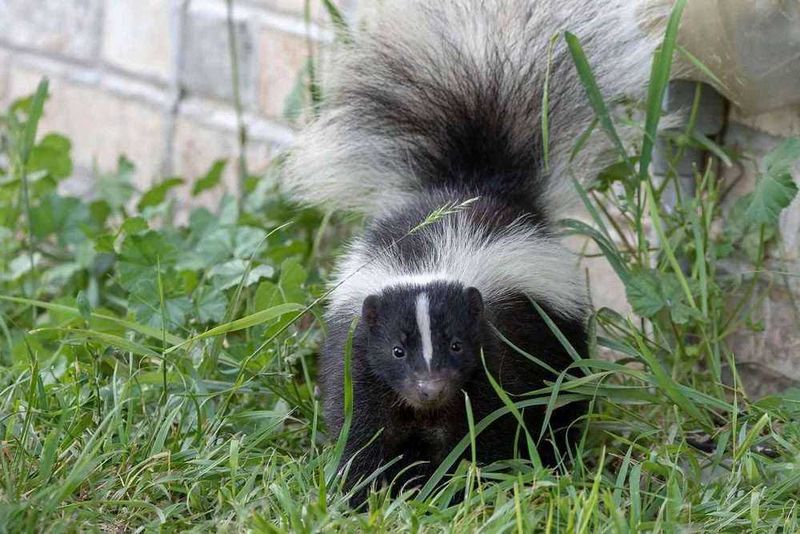
Even de-scented skunks retain a musky odor that permeates your home. These nocturnal animals naturally want to dig, forage, and explore when you’re trying to sleep, creating constant nighttime disruptions. Their specialized diet requires fresh fruits, vegetables, proteins, and supplements that far exceed the care needs of typical pets.
Skunks dig instinctively, potentially destroying carpets, furniture, and gardens while searching for grubs and insects. Finding veterinary care presents a major challenge, as few vets have experience with skunks.
Many states require special permits or ban them entirely. While undeniably cute, their natural behaviors simply don’t align well with household living.
8. Sugar Gliders: Nocturnal Noise Machines

These pocket-sized marsupials might look adorable in social media videos, but their care requirements exceed what most owners expect. Sugar gliders are highly social colony animals that become depressed and self-destructive when kept alone.
Their natural nocturnal schedule means they sleep all day and become active – with loud barking, chirping and cage rattling – precisely when you’re trying to sleep. The specialized diet they require includes fresh fruits, vegetables, nectar substitutes, and protein sources that must be prepared daily.
Many develop behavioral problems from improper housing or handling. Their tiny size makes them escape artists and vulnerable to household dangers like toilets, drains, and small spaces where they can become trapped.
9. Fennec Foxes: Desert Animals, Household Chaos

Those enormous ears aren’t just for show – fennec foxes have incredibly sensitive hearing that makes them jumpy and easily stressed in noisy households. These desert animals dig instinctively, creating destruction that no amount of training can eliminate.
Their high-pitched screams can reach deafening volumes, especially during their most active hours – midnight to dawn. Housetraining presents a nearly impossible challenge; their natural marking behaviors persist regardless of training efforts.
Finding veterinary care is difficult since most vets lack experience with exotic canids. Legal ownership requires permits in many areas, with some states banning them entirely. While undeniably adorable, their natural behaviors make them poorly suited to domestic life.
10. Domestic Cats: Low-Maintenance Purr Machines
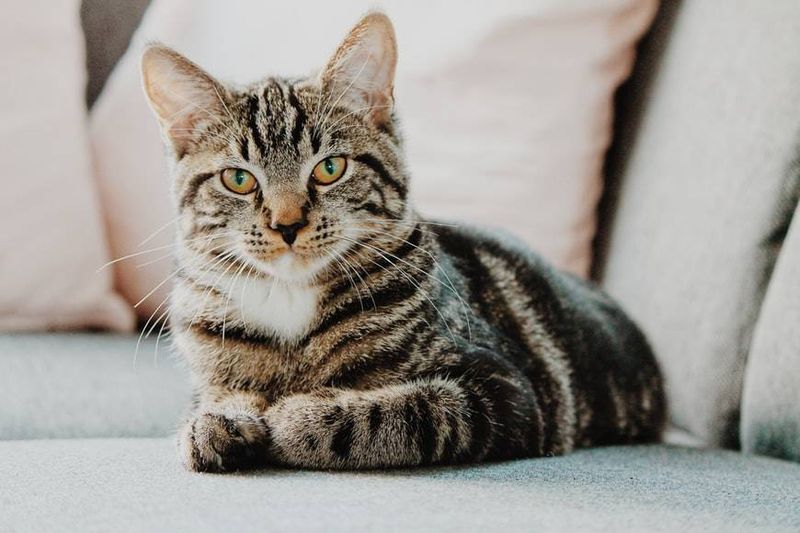
Independent yet affectionate, cats offer companionship without demanding constant attention. Their self-cleaning nature means minimal grooming requirements – most cats handle their hygiene needs themselves with just occasional brushing from you.
Apartment dwellers rejoice! Cats adapt beautifully to smaller spaces, requiring no outdoor walks. Their litter box habits make them convenient for busy households or those without easy outdoor access.
With lifespans reaching 15-20 years, cats offer long-term companionship. Their quiet nature and ability to entertain themselves make them ideal for various living situations.
Even their playful antics require minimal equipment – a simple cardboard box often provides more entertainment than expensive toys.
11. Guinea Pigs: Social Squeakers For Small Spaces

Unlike many small pets, guinea pigs are active during daylight hours when you can actually enjoy their company. Their gentle temperament makes them ideal for children, with rarely a nipped finger even when handled by younger family members.
Those adorable “wheeks” of excitement greet you whenever you approach with food or attention. Guinea pigs form strong bonds with their owners, recognizing voices and responding to their names. Housing requirements remain reasonable – a large cage with bedding, food, water, and hiding spots suffices.
Their herbivorous diet of hay, pellets, and vegetables stays relatively inexpensive. With proper care, these social creatures can live 5-7 years, offering substantial companionship without the decades-long commitment of larger pets.
12. Bearded Dragons: Reptilian Companions With Personality

Unlike many reptiles, bearded dragons actually recognize their owners and show genuine interest in interaction. Many will contentedly perch on shoulders or laps while you watch TV or work from home.
Their care requirements stay manageable – a proper terrarium with heating, UVB lighting, and appropriate substrate meets their basic needs.
Feeding presents minimal challenges with commercially available insects and easy-to-find vegetables forming their diet.
Beardies display fascinating behaviors like arm-waving, head-bobbing, and beard-puffing that make them entertaining to observe.
Their docile nature makes handling safe even for supervised children. With lifespans of 8-12 years, they offer long-term companionship without the multi-decade commitment of some pets.
13. Medium-Sized Dogs: The Goldilocks Of Canine Companions
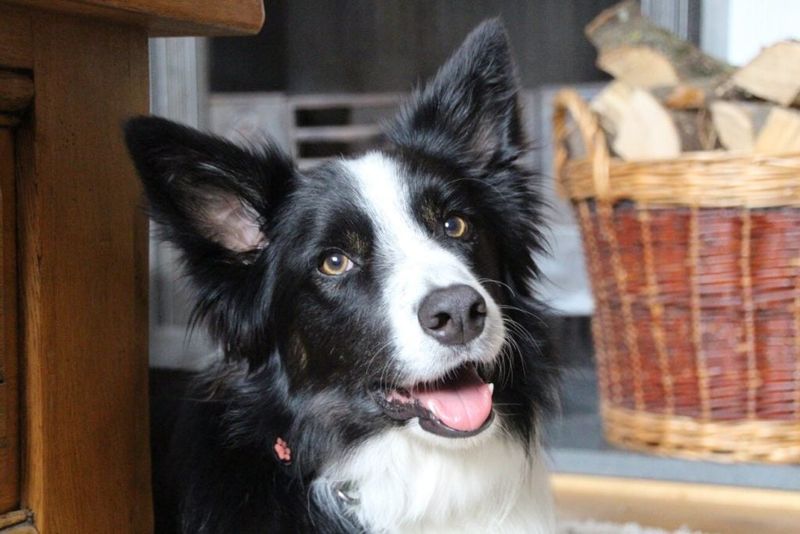
Not too big, not too small – medium dogs like Border Collies, Australian Shepherds, and Spaniels offer perfect balance. They’re substantial enough for hiking and outdoor adventures without the extreme space requirements of larger breeds.
Many medium breeds combine playfulness with manageable energy levels that don’t require marathon running sessions. Their size makes them portable enough for car trips while still providing the substantial presence many dog lovers seek.
Feeding costs remain reasonable compared to giant breeds that can consume shocking amounts of food.
Veterinary care typically costs less than for larger dogs, which often face more joint and health issues. Medium dogs fit comfortably in most living situations, from apartments with daily walks to houses with yards.
14. Parakeets: Colorful Chatterboxes With Minimal Space Needs
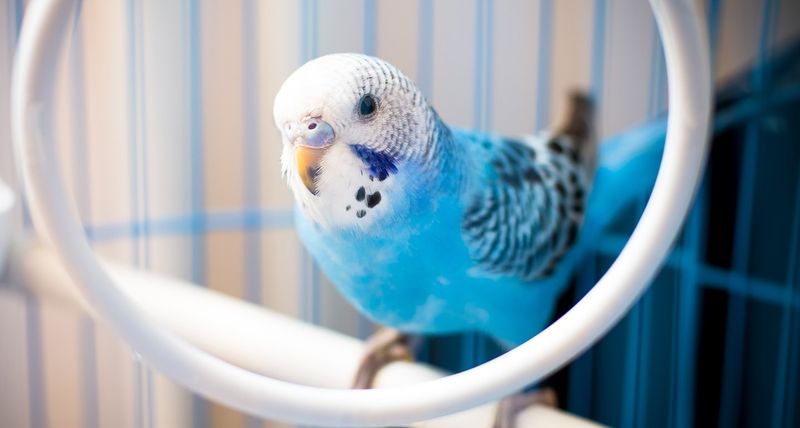
Bright personalities in small packages, parakeets bring lively energy to homes without demanding massive cages or specialized care. Their cheerful chirping creates a pleasant atmosphere without reaching the deafening volumes of larger parrots.
Social by nature, parakeets form strong bonds with owners who spend time with them. Many learn to mimic words and sounds, providing interactive entertainment. Their intelligence shines through puzzle toys and training sessions.
Space requirements remain modest – a medium-sized cage suffices for a pair of these active birds. Their seed-based diet supplemented with fresh vegetables stays affordable and easy to provide.
For apartment dwellers seeking feathered friends, parakeets offer companionship without the noise complaints larger birds might generate.
15. Rabbits: Quiet Companions With Surprising Personality
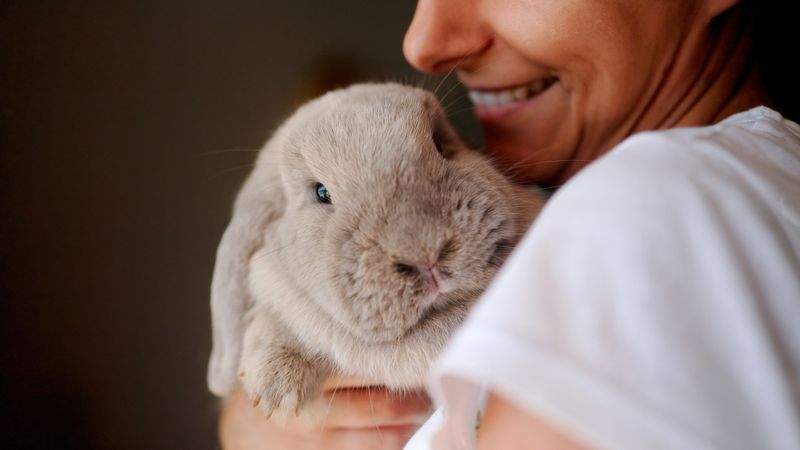
Forget the myth that rabbits are boring cage-dwellers – these expressive pets develop distinct personalities and form strong bonds with their humans. Their “binkies” (happy jumps and twists) and “flops” (relaxed lounging) demonstrate their comfort and contentment in well-kept homes.
Rabbits thrive indoors with proper space to exercise, making them suitable for apartments and houses alike. Their quiet nature won’t disturb neighbors or light sleepers, unlike barking dogs or vocal birds. Litter box training comes naturally to most rabbits, creating convenient care routines.
Their herbivorous diet of hay, fresh greens, and limited pellets remains straightforward and affordable. With lifespans of 8-12 years, rabbits offer long-term companionship without the multi-decade commitment some pets require.



